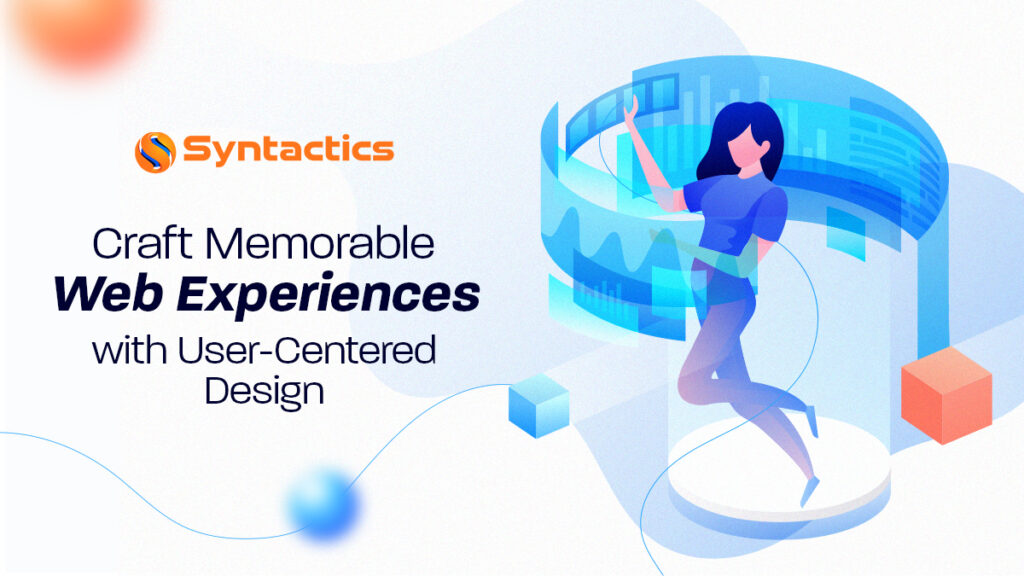
Craft Memorable Web Experiences with User-Centered Design
A smooth browsing experience is a key indicator of an effective website. A trusted web design company carefully chooses each element to place on a site, ensuring that it addresses users’ pain points. Hence, following User-Centered Design (UCD) principles creates a web experience visitors will enjoy and remember.
According to UI/UX Design Statistics of 2023, a well-designed User Experience (UX) can boost your conversion rates by 200%. So, imagine how your sales and revenue will improve if your site prioritizes your users!
What is a User-Centered Design?
UCD intends to give your users a great experience when browsing your website. Unlike a conversion-centered layout, a user-centered site places its functionality first. Thus, people can navigate and interact with your site with zero problems.
Additionally, you’ll want to prioritize visitor experiences because, when done right, UCD can provide these benefits:
- Enhanced usability;
- Reduced development costs;
- Increased engagement;
- Higher conversion rates;
- User trust and loyalty, and
- Competitive advantage.
The Principles of User-Centered Design
Below are principles you can prioritize to help with its integration:
Getting to Know Your Audience
An element that’s essential for creating a user-centered web layout is determining your audience. After all, the design intends to enhance users’ experience by addressing their needs. If you need assistance, a reliable web design company to help you determine your target audience. The company can do this by:
- Understanding your products and services.
- Identifying your competitors.
- Personifying your target market.
- Examining previous customers.
- Narrowing down your target audience.
When your audience feels that your website meets their needs and expectations, your site will be able to experience these perks:
- Targeted design decisions;
- Personalized UX;
- Increased user satisfaction;
- Enhanced user engagement, and
- Reduced redesign and reiterations.
Designing Intuitive User Interfaces
Another element that’s essential to UCD is ensuring intuitive interfaces. The design makes it easier for users to navigate because its elements work how they expect them to. For example, users will automatically know where to locate the navigation bar since your site’s design is clean and concise.
In addition, incorporating intuitive interfaces into your website can provide the following benefits:
- Reduced learning curve;
- Improved task efficiency;
- Lower error rates;
- Positive brand perception;
- Faster user onboarding, and
- Adaptability to user feedback.
Prioritizing Accessibility
Prioritizing accessibility on your website allows users with disabilities to smoothly navigate its interface and content. An accessible website may incorporate alternative text into images or have keyboard-friendly interfaces. Also, be sure to check the Web Content Accessibility Guidelines (WCAG) so you have all the bases covered!
You’ll want to incorporate accessibility to your site because it provides the following benefits:
- Enhanced usability for all;
- Expanded user base;
- Compliance with standards;
- Improved user trust, and
- Adaptable design.
Engaging Visual and Interactive Elements
It’s no secret that interactivity is one essential web design element that makes an ideal site. Engaging visuals and elements keep your users glued to your site because they entice people to actively interact with on-page content. You can add interactive infographics, social sharing buttons, or videos to enrich your users’ experience.
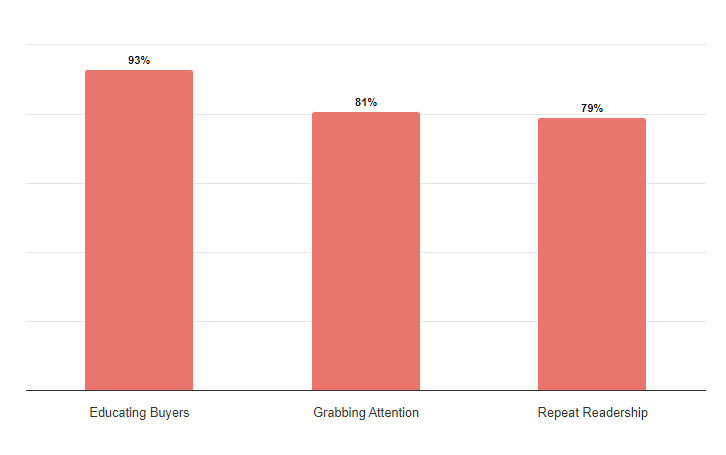
Source: MarketSplash.
In addition, incorporating engaging visuals and interactive elements can provide user-centered websites with a few more advantages:
- Clear communication of information;
- Positive user perception;
- Enhanced brand image;
- Increases interactivity and personalization, and
- Encourages user exploration and discoverability.
It’s crucial to hire a company that uses web design tools and software like Figma to create appealing layouts with visuals and elements that capture your users’ attention.
Streamlining the User Journey
Streamlining your user’s journey is essential for a user-centered website layout. It minimizes the number of clicks your users need to do to achieve their desired action. For example, you’ll want to avoid busy menus or unintuitive layouts because they complicate navigation, resulting in a bad user experience.
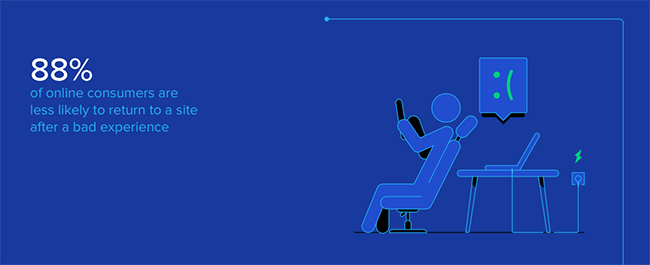
Source: Startup Bonsai.
You can combat this by planning a customer journey map so you can simplify your design to keep your users’ journey in mind. In addition, streamlining your users’ journey can provide your site with the following perks:
- Increased user satisfaction;
- Higher conversion rates;
- Cross-browser compatibility;
- Faster time to task completion;
- Positive website recommendations.
Soliciting and Incorporating User Feedback
Listening to and incorporating your users’ feedback might be the best method for creating an optimal user-centered web design. After all, you are designing your website to cater to their needs!
Users also appreciate it when they see that you listen to their feedback because it shows you care about their needs. As a result, it strengthens their trust in your website and makes them loyal followers. In addition, a trusted web design company that incorporates your users’ feedback into your web design. It unlocks these benefits:
- Identification of pain points;
- Early detection of issues;
- Alignment with user goals;
- Validation of design decisions;
- Reduced development costs, and
- Accessibility improvements.
Measuring Success
It’s not UCD if it doesn’t function smoothly! That’s why measuring your website’s success is an essential part of the design process. You can use user satisfaction surveys or track your site’s conversion and retention rates to see how well they react to your web design.
Of course, you can’t forget about testing your site. Web Quality Assurance (QA) testing is an essential web design principle because it catches any issues and bugs in your design. So, ensure to frequently conduct testing so you can smooth out any kinks before your website goes live.
Fortunately, there are several reliable Quality Assurance tools you can use for checking your website to make the process easier.
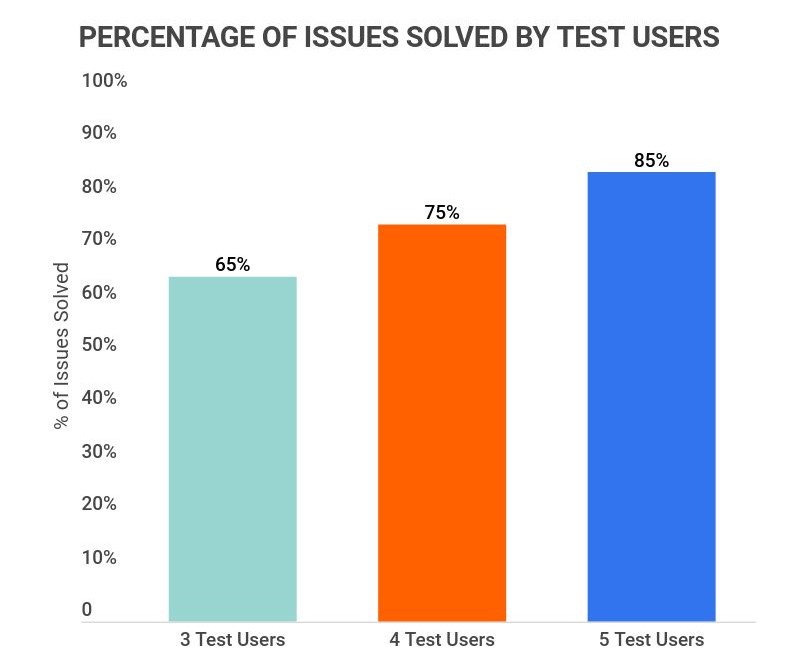
Source: Zippia.
Once you’re sure your website can run smoothly, it can offer you the following perks:
- Alignment with website objectives;
- Optimization of usability;
- User-centric iterative design, and
- Identification of design gaps.
Examples of Memorable Web Experiences
If you’re wondering how a website with a User-Centered Design would look in the real world, here are a few websites that flawlessly nailed their principles:
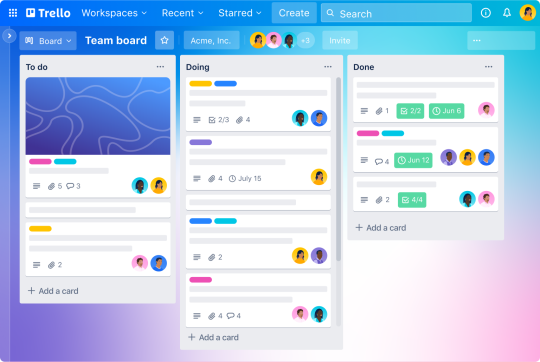
Trello
Trello is a collaboration tool that helps users stay organized. It’s notable for its clean and simple design because its interface lets users intuitively navigate its features and elements. As a result, users can easily create boards, cards, and lists even without a tutorial, allowing them to achieve their goals faster.
Onboarding other users is also a breeze since users can send invite links to their boards. If that’s not enough, Trello is also mobile-friendly, so they can stay organized on the go!
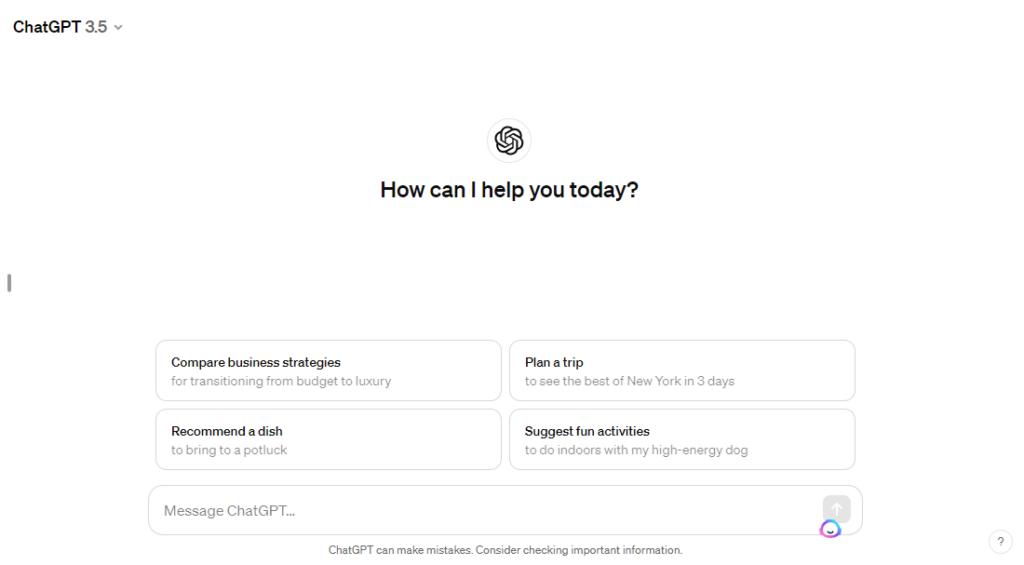
ChatGPT
ChatGPT may be a recent Artificial Intelligence (AI) software, but its simple interface entices users to explore. The site’s one-input field layout intuitively forces users to focus on the task of interacting with the AI tool, making it easier to use.
It also helps that ChatGPT provides updated information at lightning speeds. Thus, users find it more convenient to use than search engines.
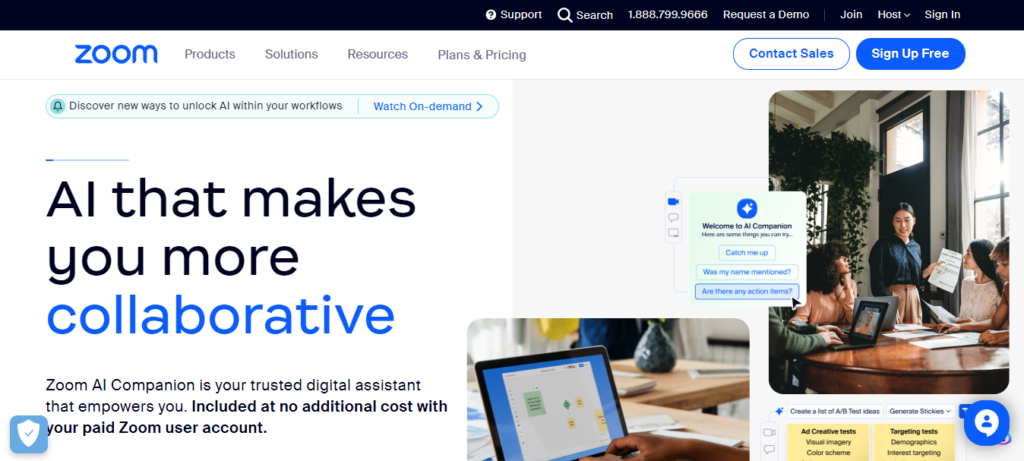
Zoom
Zoom is a top video conferencing platform that’s notable for its functional and intuitive design. Examples of how the platform demonstrates its user-friendly design are by allowing its users to easily record calls, share their screens, or change backgrounds through a few clicks of a button.
Users don’t also need to log in to an account to access a meeting, making it convenient to use.
Lastly, Zoom is also accessible on various browsers and devices, so users can seamlessly participate in meetings no matter what platform they use.
Conclusion
Applying a User-Centered Design ensures your visitors get the best possible experience when browsing your site. The design caters to users’ needs because it addresses their pain points. As a result, it ensures user enjoyment, so they’re more likely to engage with your content or perform desired actions.
Of course, crafting a website with requires several elements to nail it down. A web design company in the Philippines has a keen understanding of UCD principles, resulting in satisfying online experiences!
Frequently Asked Questions About User-Centered Design
How do you describe user experience?
It’s the overall impression and satisfaction users feel when interacting with a system, such as a website or web application. User experience considers usability, functionality, and emotional responses.
What are the tools of user-centered design?
The tools of UCD, which are critical for gathering and analyzing user insights, include the following:
- User personas;
- Focus or journey maps;
- Wireframes;
- Prototypes;
- Heuristic evaluations;
- Usability testing;
- Surveys;
- Analytics platforms, etc.
What is a persona in the context of user-centered design?
A persona is a fictional yet detailed representation of a target user, based on research. It’s a vital guide for design decisions, as it’s a reflection of real user needs, goals, and behaviors.






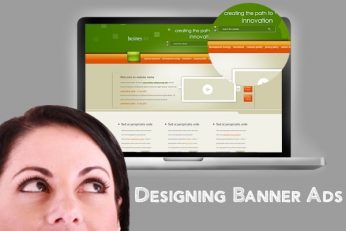

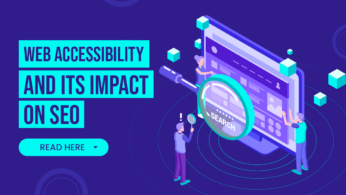
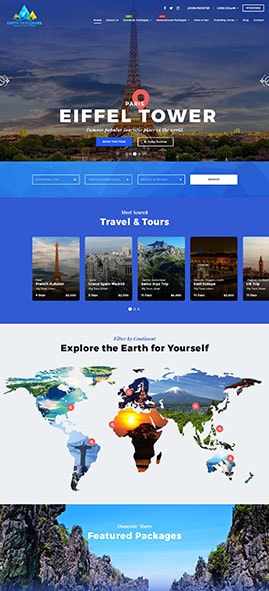
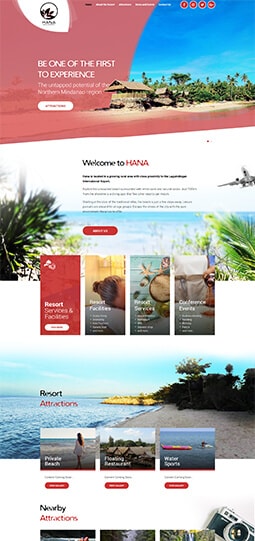
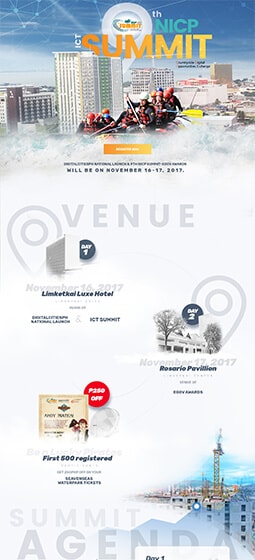
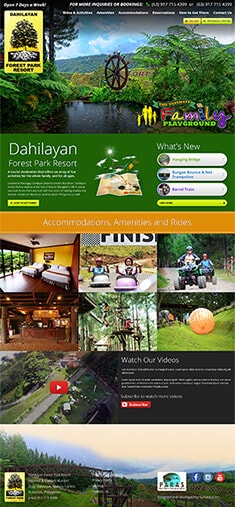
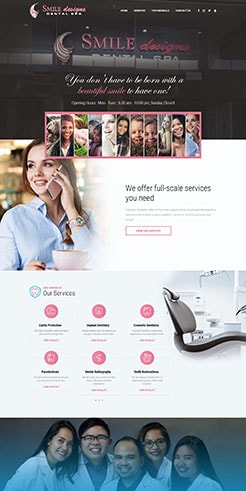
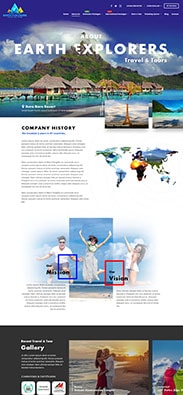

Comment 0